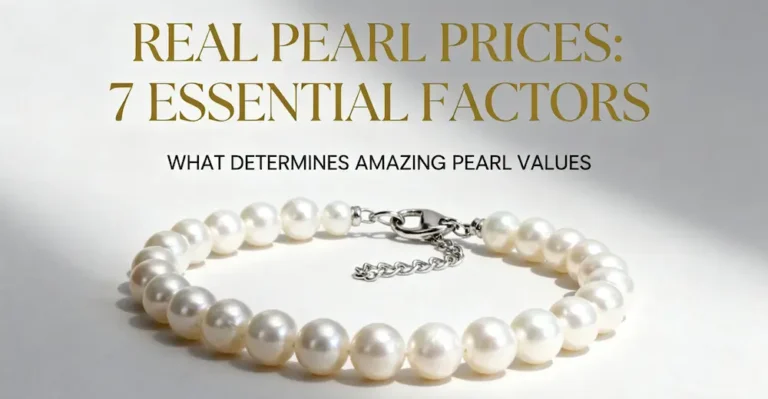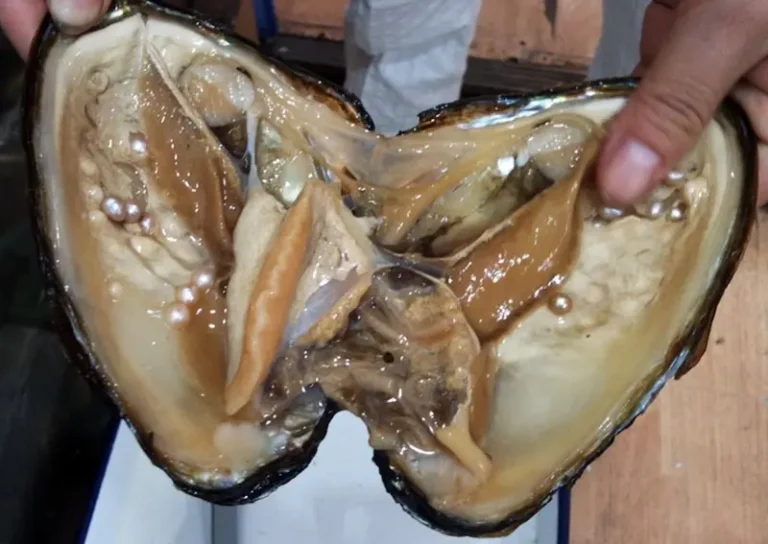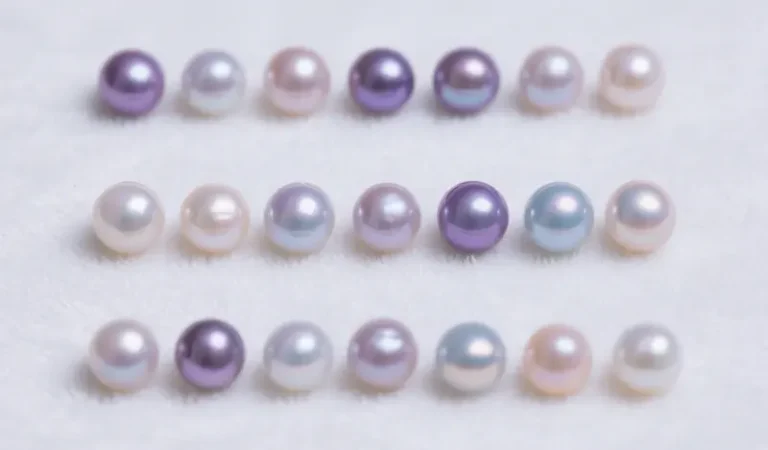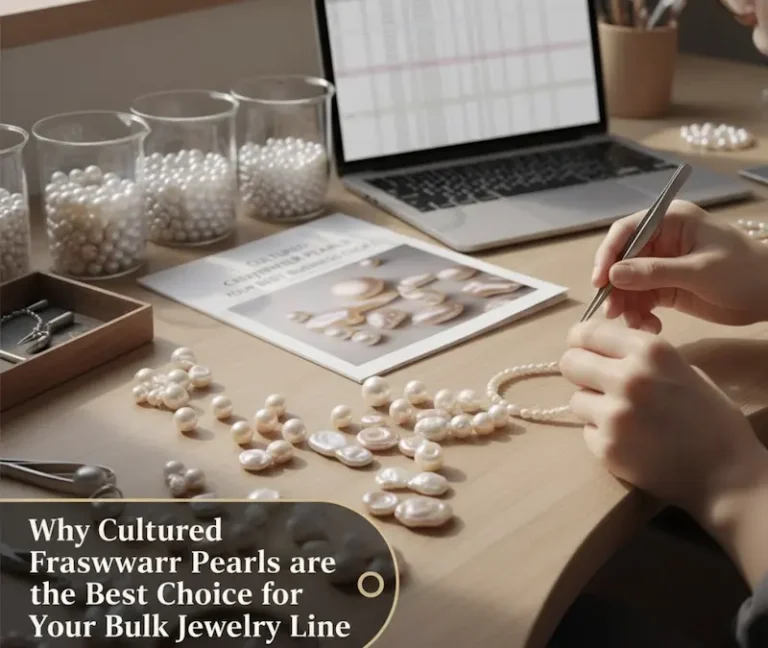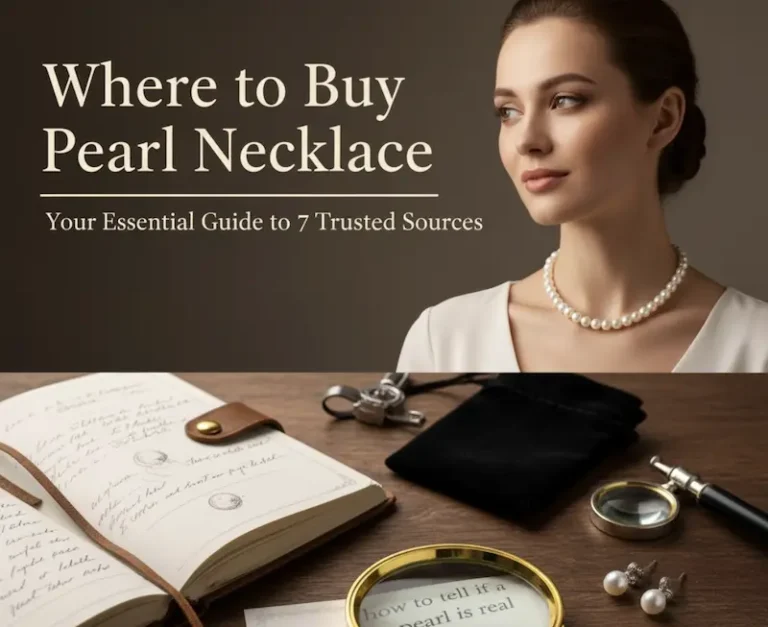In this comprehensive guide, we will delve into the fascinating world of pearls, exploring their origins, varieties, and the factors that contribute to their value. As the pearl source for many discerning jewelers and designers, we’re committed to providing you with the knowledge and resources you need to make informed decisions.
The Journey of a Pearl
Pearls are formed as a natural defense mechanism within certain mollusks, such as oysters and mussels. When an irritant, like a grain of sand or a parasite, enters the mollusk’s soft tissue, it becomes coated in layers of nacre, creating the lustrous pearl we admire. The quality and beauty of a pearl depend on various factors, including the type of mollusk, the water conditions, and the duration of the pearl’s formation.
A World of Pearl Varieties
The pearl world is incredibly diverse, with a wide range of colors, shapes, and sizes. Some of the most popular types of cultured pearls include:
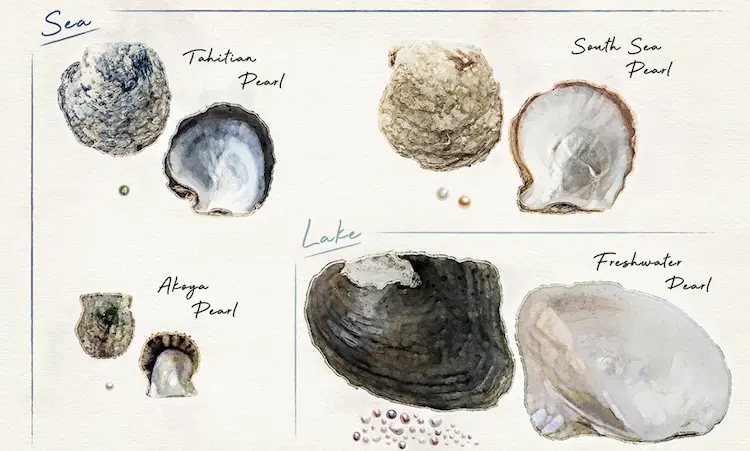
- Akoya Pearls: Renowned for their classic round shape and high luster, Akoya pearls are cultivated in saltwater oysters found in the waters of Japan, China, and Korea.
- South Sea Pearls: Larger and more lustrous than Akoya pearls, South Sea pearls are cultivated in large saltwater oysters found in the warm waters of Australia, Indonesia, and the Philippines.
- Freshwater Pearls: Known for their versatility in shapes and colors, freshwater pearls are cultivated in freshwater mussels.
- Tahitian Pearls: Hailing from the warm waters of French Polynesia, Tahitian pearls are celebrated for their unique dark hues, ranging from deep black to peacock green. These pearls are cultivated in the Pinctada margaritifera oyster and are prized for their rich color and luster.
What Makes a Pearl Valuable?
The value of a pearl is determined by several factors:
- Size: Larger pearls are generally more valuable, as they are rarer.
- Shape: Round pearls are the most sought-after, but other shapes, such as oval, pear, and baroque, also have their own unique appeal.
- Luster: The luster, or shine, of a pearl is determined by the thickness and regularity of the nacre layers.
- Color: The color of a pearl can vary widely, from white and cream to pink, gold, and even black.
- Surface: A pearl’s surface should be smooth and free of blemishes or imperfections.
Choosing the Right Pearl Supplier as The Pearl Source
When choosing a pearl supplier, we prioritize quality, functionality, and performance. Xinye Pearl is committed to providing customers with the highest quality pearls at competitive prices, and has a pearl culturing base covering tens of thousands of acres. With our extensive pearl culturing farms and expertise in the industry, we can offer a wide variety of pearls to meet your specific needs.

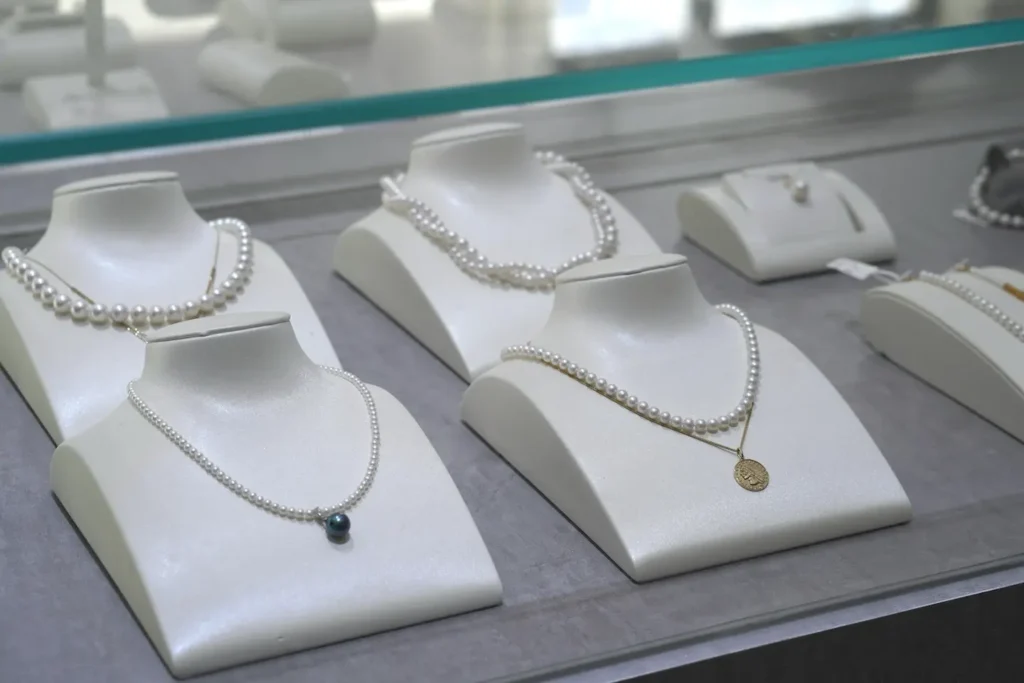
We are One Of The Pearl Source in China
- Direct Source: We work directly with pearl farmers to ensure the highest quality and competitive pricing.
- Wide Selection: Our extensive inventory includes pearls in various sizes, shapes, and colors.
- Expert Guidance: Our team of pearl experts is available to assist you with your selection.
- Ethical Sourcing: We are committed to ethical sourcing practices, ensuring that our pearls are harvested responsibly.
- Educational Resources: Understanding pearls can be daunting for the uninitiated. We provide a wealth of educational resources to help customers make informed decisions. From pearl grading to care and maintenance, we cover it all.
Whether you’re a seasoned jewelry designer or just starting your collection, finding a reliable pearl supplier is crucial. As one of the Pearl Source in China. Xinye pearl is your trusted partner for all your pearl needs. Contact us today to explore our extensive collection and discover the perfect pearls for your next project. Ready to elevate your designs with the finest pearls? Contact us today!.


